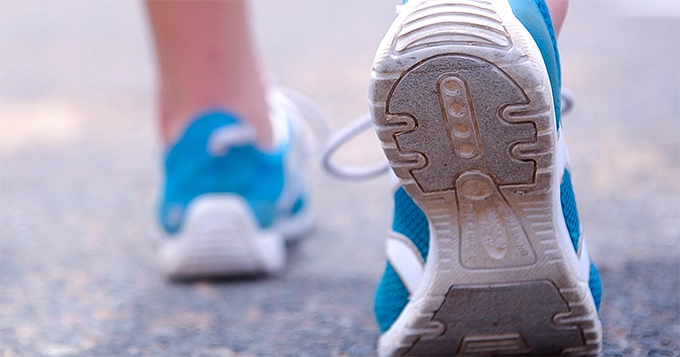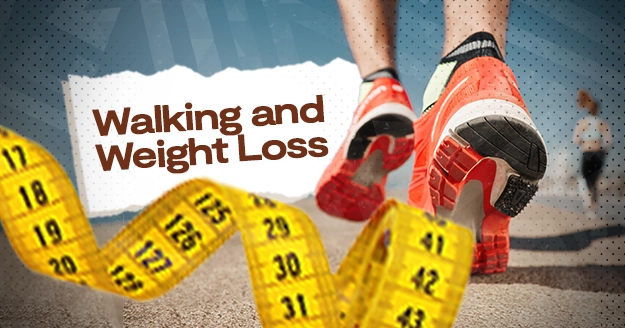Walking is beneficial for weight loss because it helps you burn calories. You could burn about 150 more calories per day if you added 30 minutes of brisk walking to your daily routine. You burn more calories the more you walk and when you increase your pace. This article will answer your “how much do I have to walk to lose weight?” question, the benefits of running, and how to make every step count.
Tips for Getting the Most Out of Your Walks for Weight Loss
- Picking up the pace
A study shows that when people increase their pace to a run, they burn more calories.
- Wearing a weighted vest
Heavier people burn more calories because their bodies require more energy to do physical activities than those who are not as heavy. Using the same logic, wearing a weighted vest while walking encourages a person’s body to work harder during a walk.
- Walking uphill
Walking uphill also helps increase calorie burn because you exert more effort and could easily tire with uphill terrains.
- Focusing on form and posture
Proper form involves walking with your eyes forward at all times in order to increase your walking speed and lengthen your stride.
- Incorporating resistance training intervals
You can try adding resistance training such as squats, pushups, burpees, or lunges during your walk.
- Power walking in intervals
How much do you have to walk to lose weight while incorporating intervals?
To try power walking in intervals, a person should first walk for 5 to 10 minutes to warm up. Then, increase your pace for 10-15 seconds at an uncomfortable but sustainable pace before returning to your normal walking pace. This can be repeated throughout the walk or for as long as the person is able.
- Doing three shorter walks a day
How much do I need to walk to lose weight when I don’t have the time?
Instead of taking a long walk, you can do three shorter walks in a day whenever you’re available. For instance, if you’re commuting, you can drop a block away from your house and walk all the way or by taking the stairs instead of the elevator.
- Aiming for more steps each day
To answer your question: “how much should I walk to lose weight?”
10,000 steps are ideal, which works out to roughly 5 miles of walking. Some may even want to go above and beyond this number of steps. On the other hand, any steps taken in excess of a your normal daily step count can help you lose weight.
Additional Benefits of Walking for Overall Health and Well-Being
- One of the major benefits and the reason for this article is that walking can help you maintain a healthy weight and lose body fat
- Prevent or manage certain chronic diseases such as heart disease, stroke, high blood pressure, cancer, and type 2 diabetes
- Improve cardiovascular fitness
- Strengthen your bones and muscles
- Improve muscle endurance
- Increase energy levels
- Improve your mood, cognition, memory, and sleep
- Improve your balance and coordination
- Strengthen immune system
- Reduce stress and tension
Walking Outside vs. Walking on a Treadmill
Walking outside is an excellent way to burn calories because it engages more muscle groups than stationary walking. Moving forward with your own weight and strength also requires much more effort, whereas treadmills allow you to move forward with little effort.
But there are also a few drawbacks to walking outside. Walking outside may aggravate your joint problems, weak ankles, or bad knees by putting strain on your joints and sore spots. The ground outside is much harder than the treadmill belt, which can cause shock and friction within your bones and joints.
On the other hand, the benefit of walking on a treadmill is that you can control almost every aspect of your workout. With the push of a few buttons, you can control everything from the incline and speed of your workout to the length of your workout.
But buying a treadmill can be expensive. And, while treadmills are excellent for developing routines, these routines can be repetitive and dry. They can quickly become boring due to the lack of variety in scenery and the near-nil mental stimulation of staring at the same four walls every day.
Both walking outside and walking on a treadmill have distinct advantages and disadvantages that can make deciding between the two difficult.
Walking is part of our lives and in the right manner, you can incorporate this into your routine to maintain or lose a few pounds. Use this article to learn how to make your daily walks more worthwhile and effective for reaching your weight loss goals.









